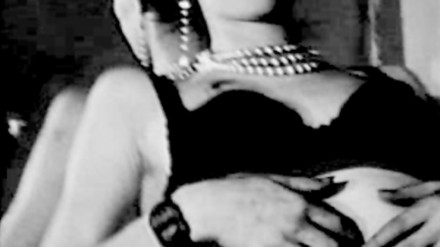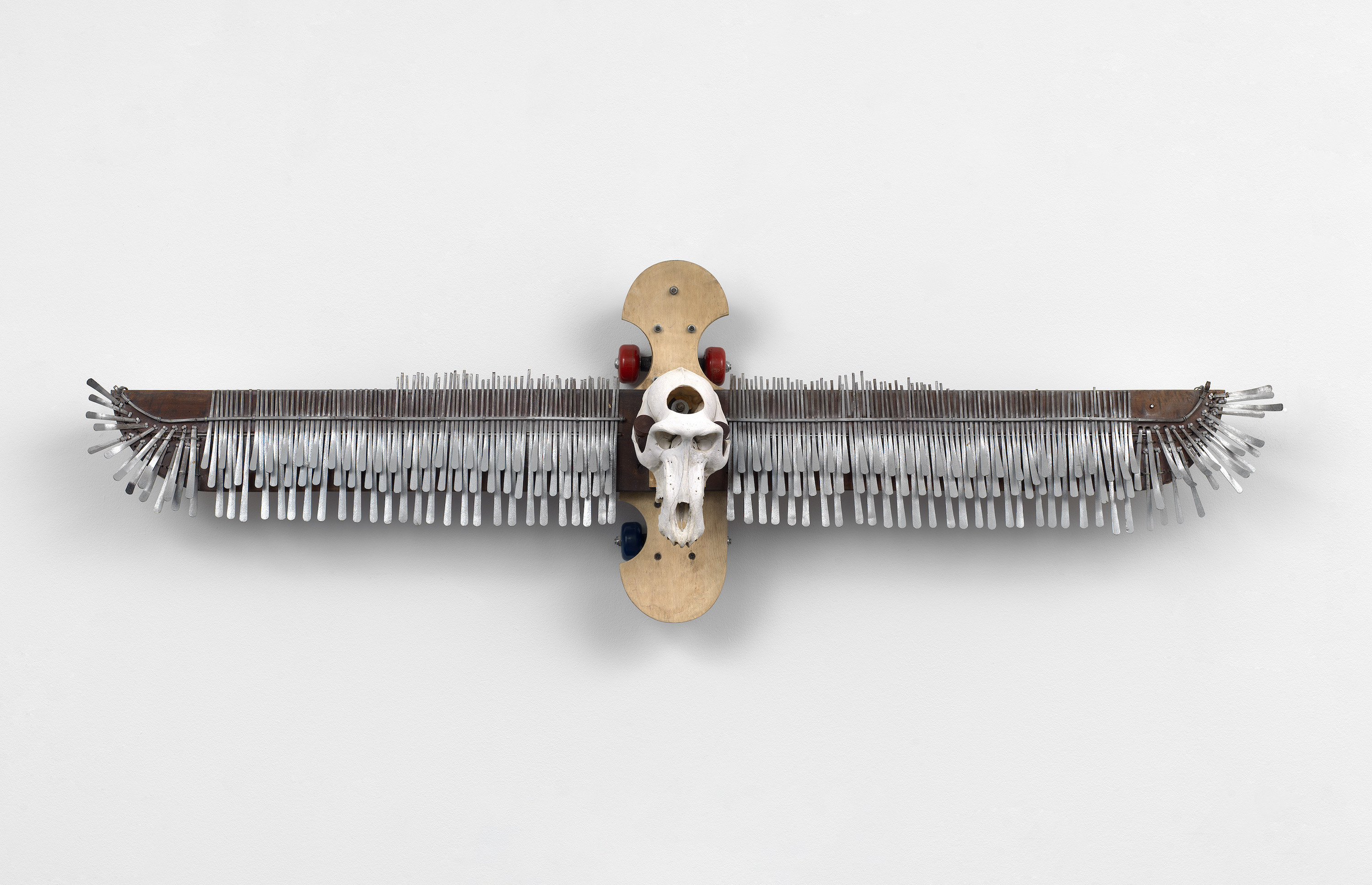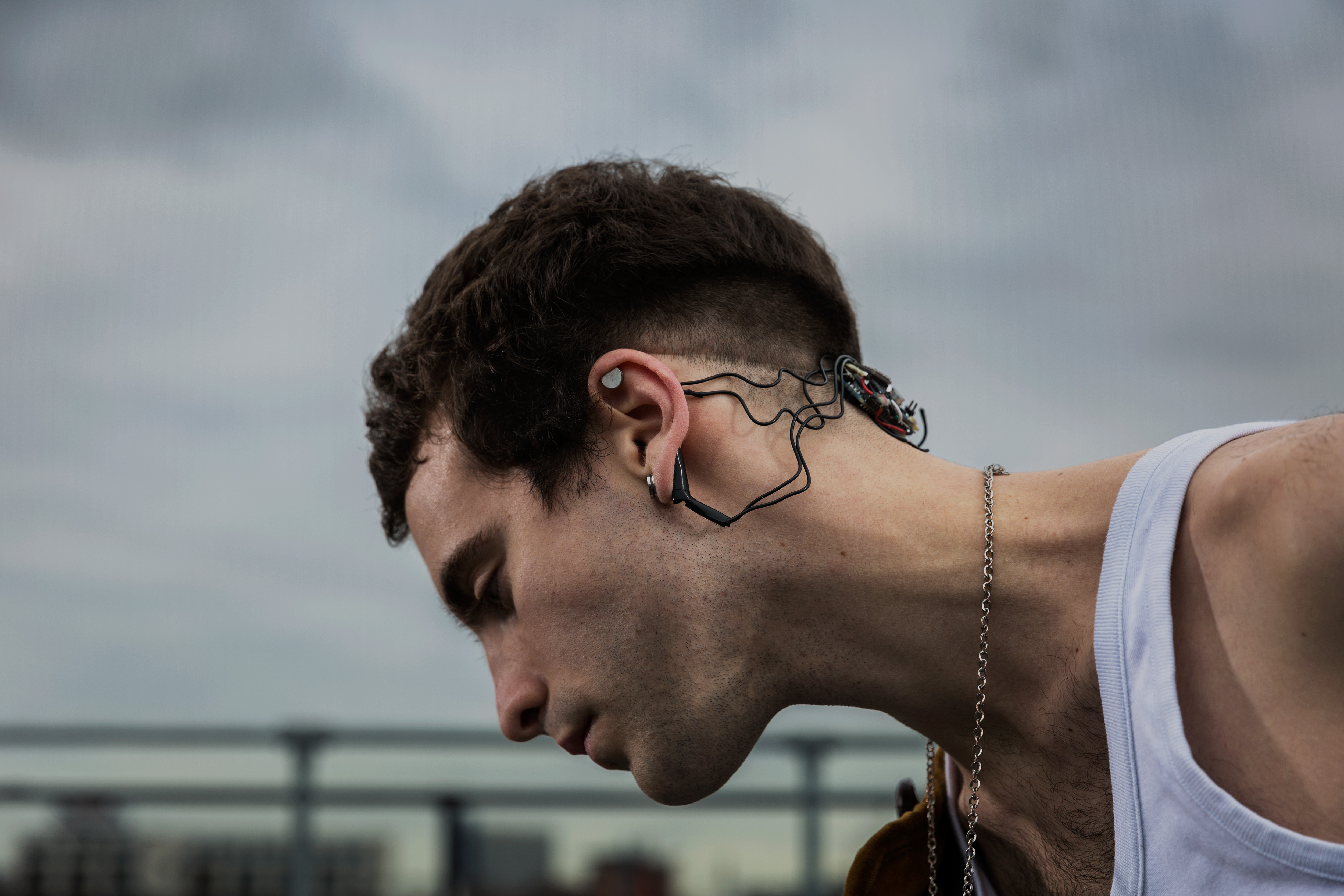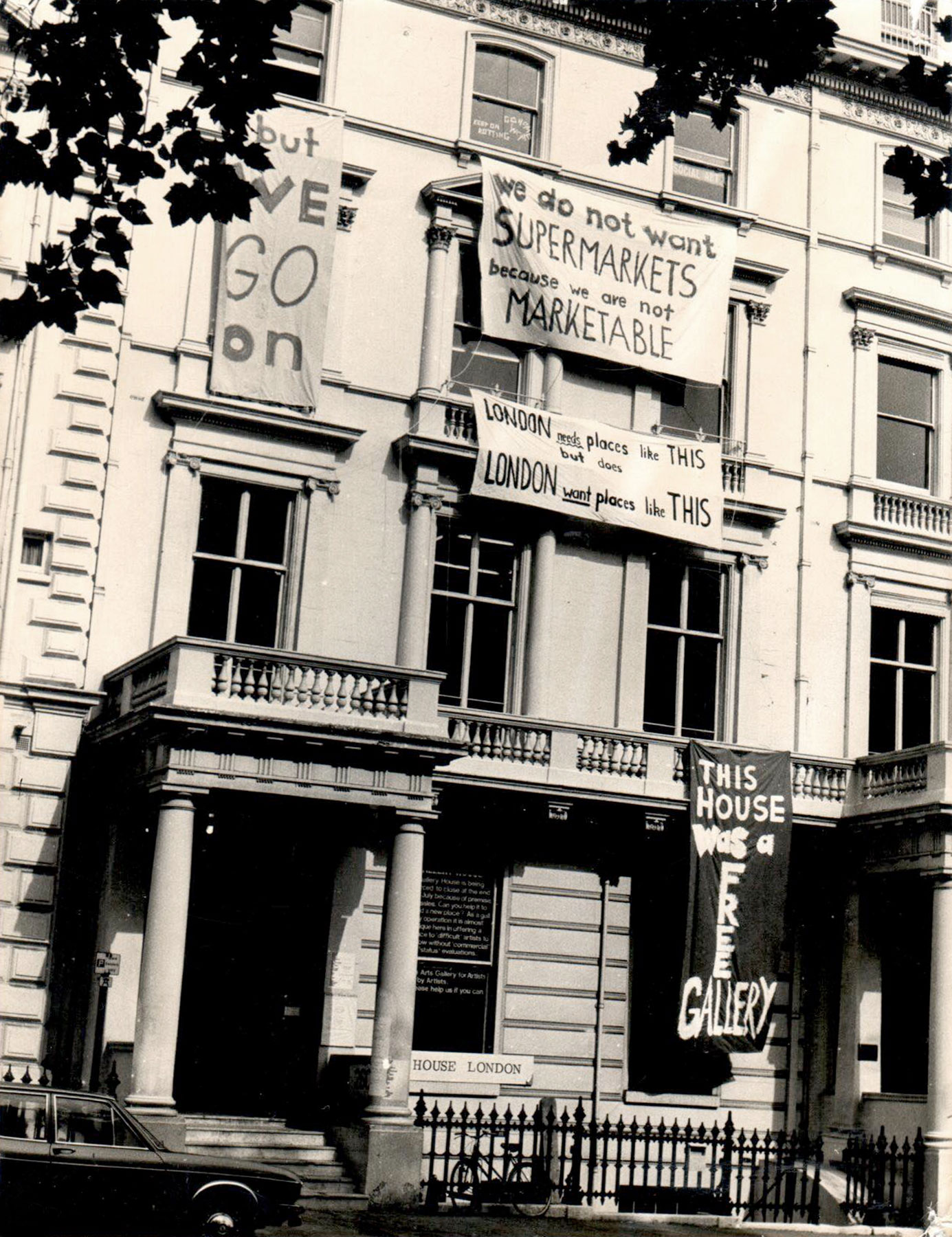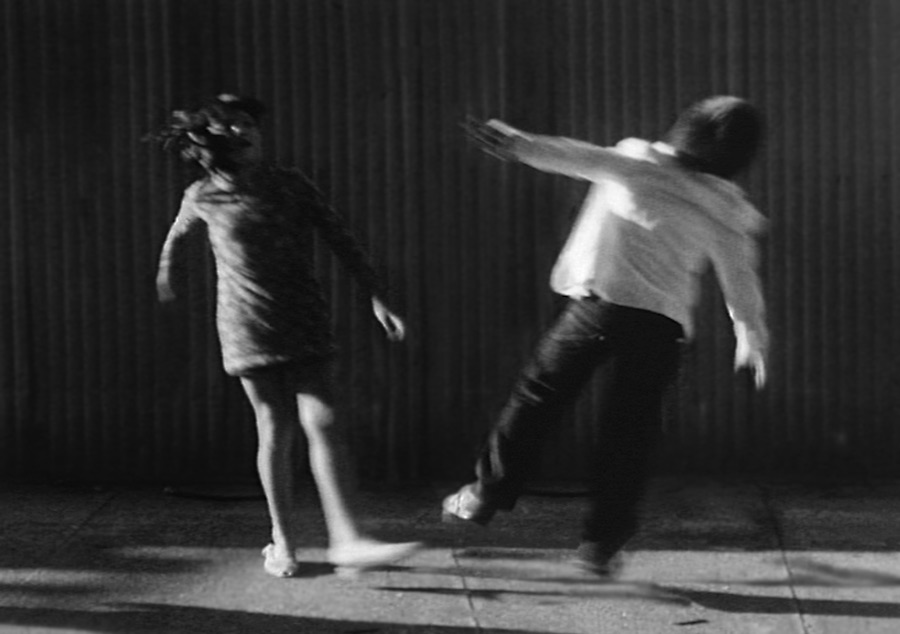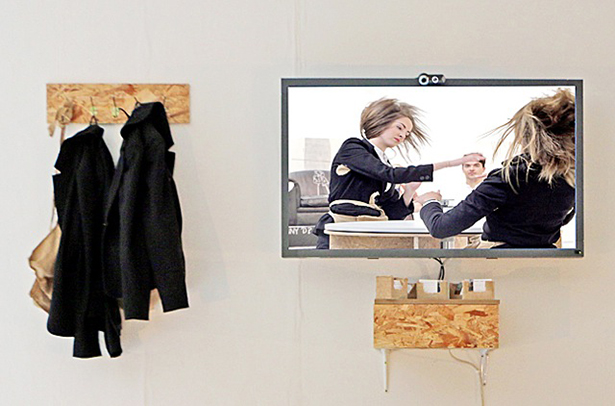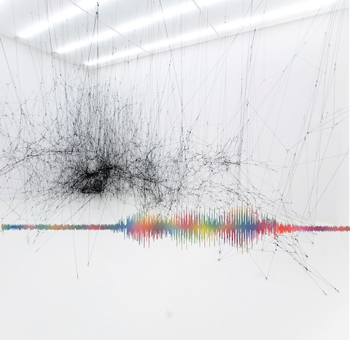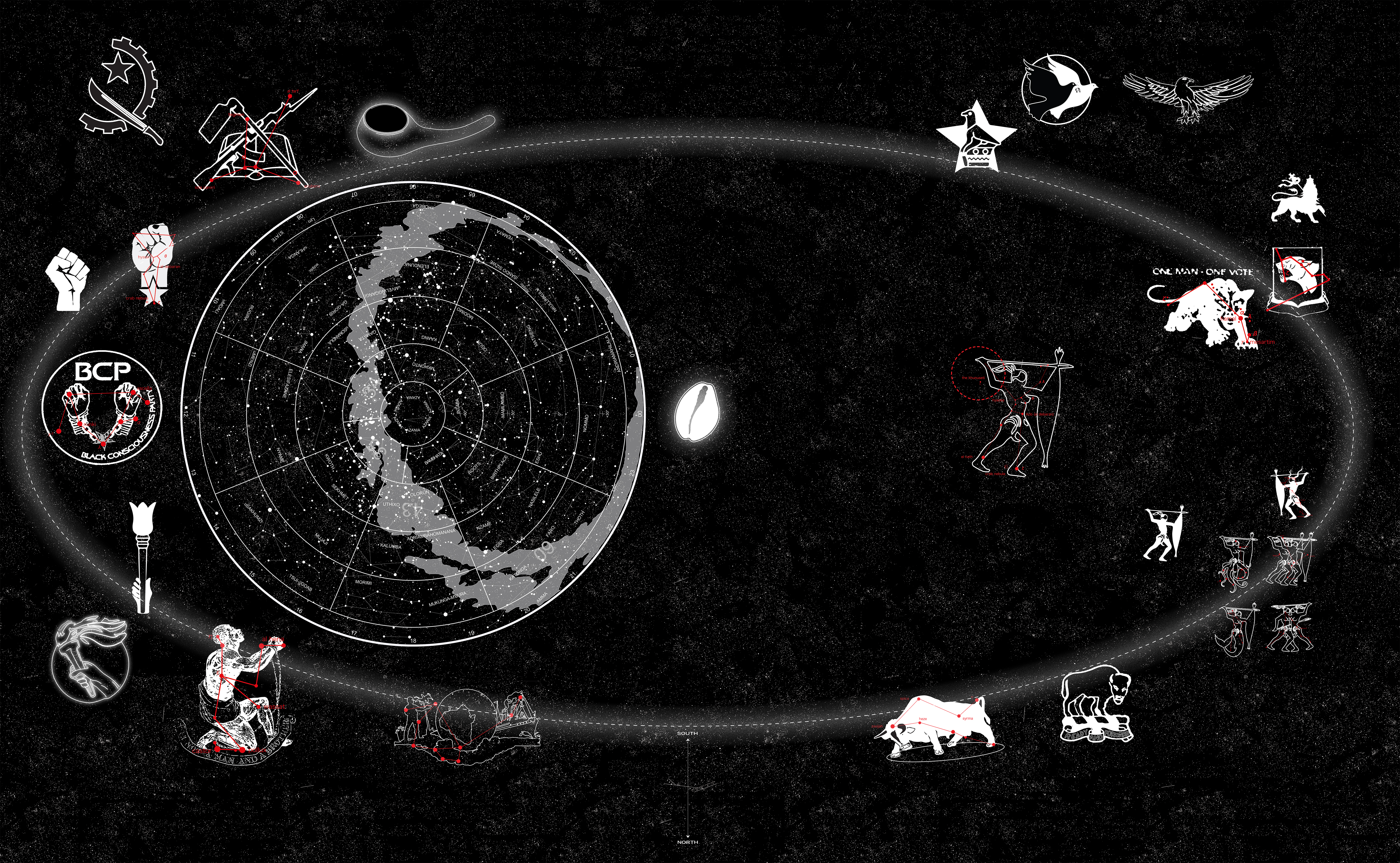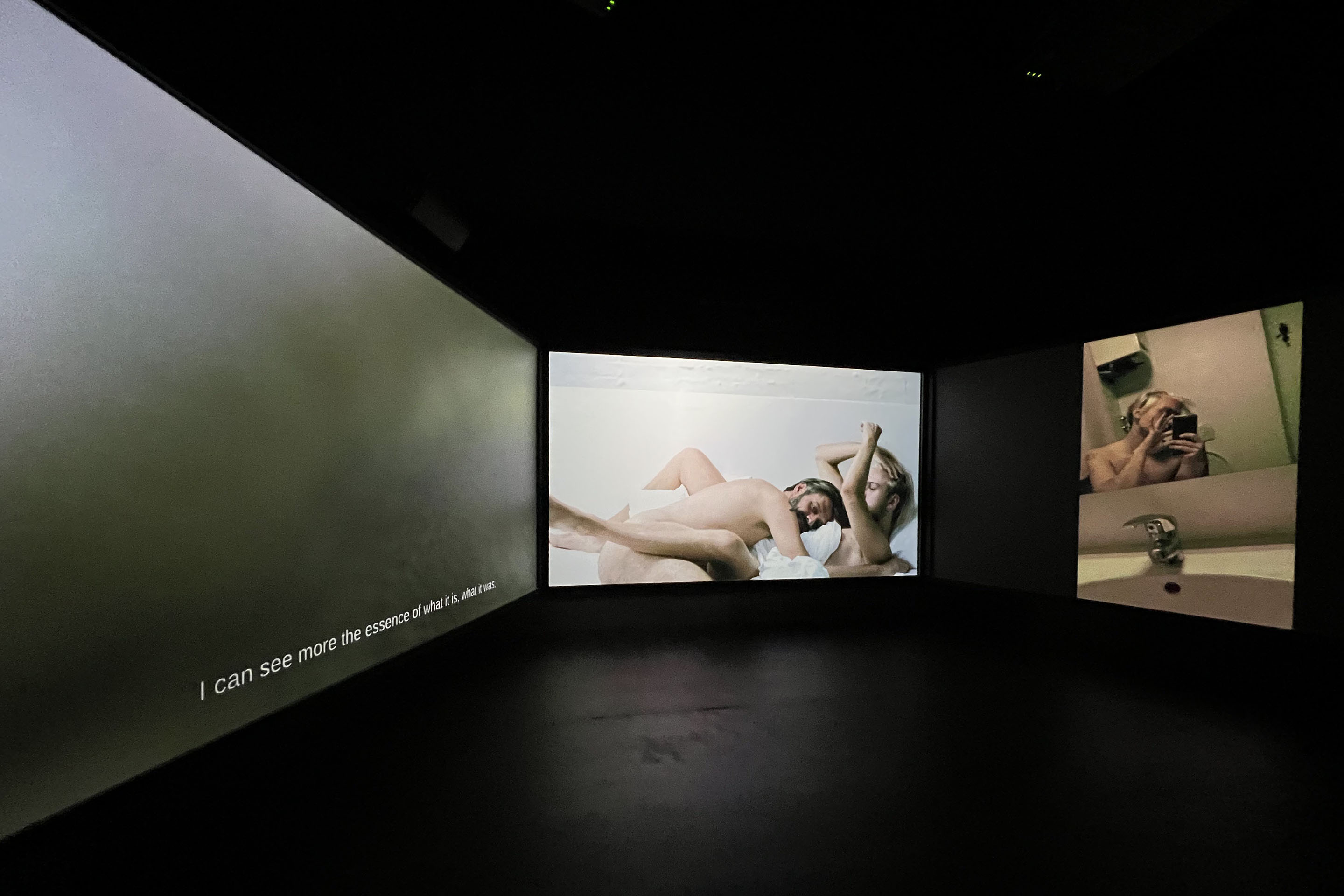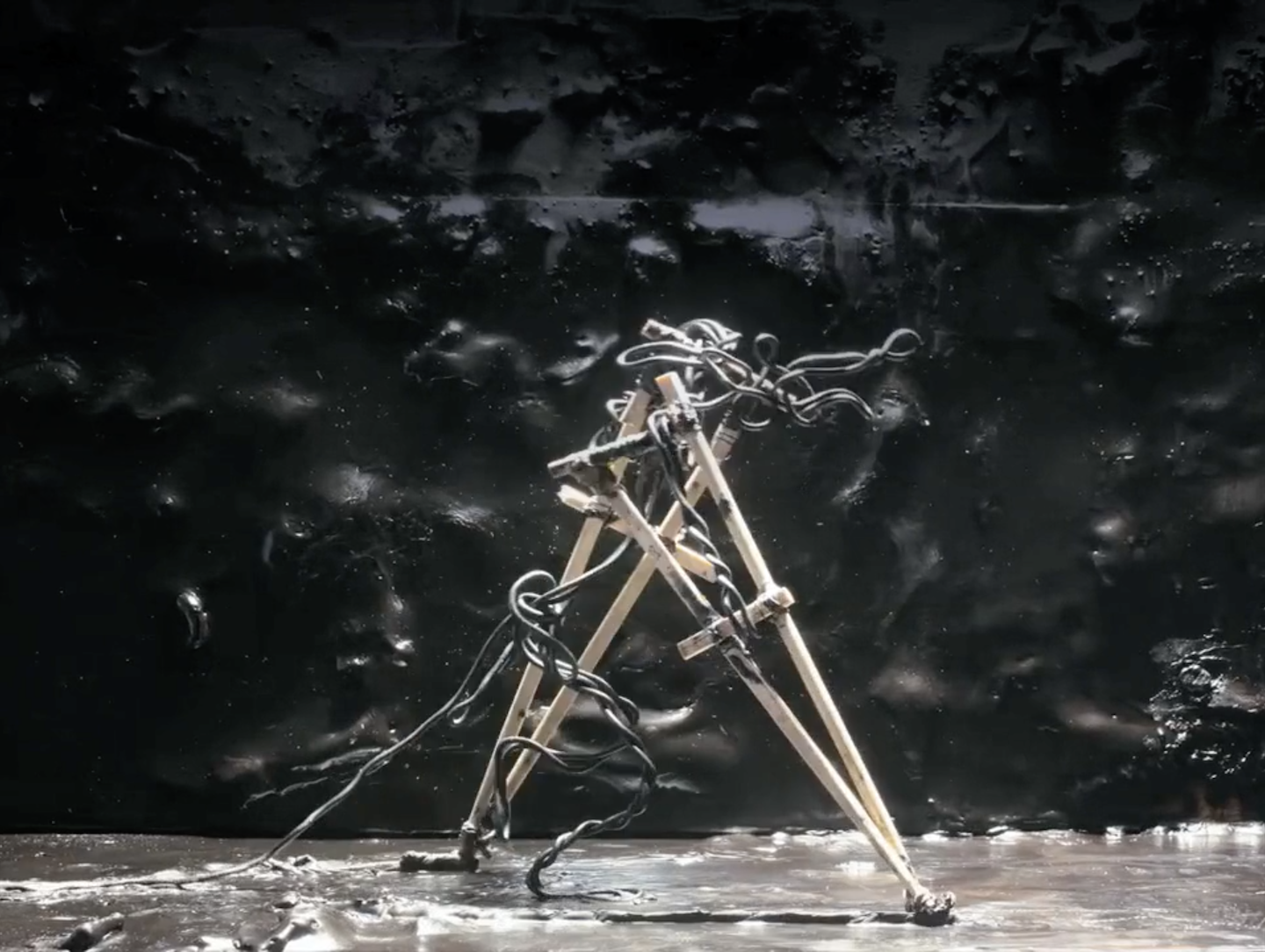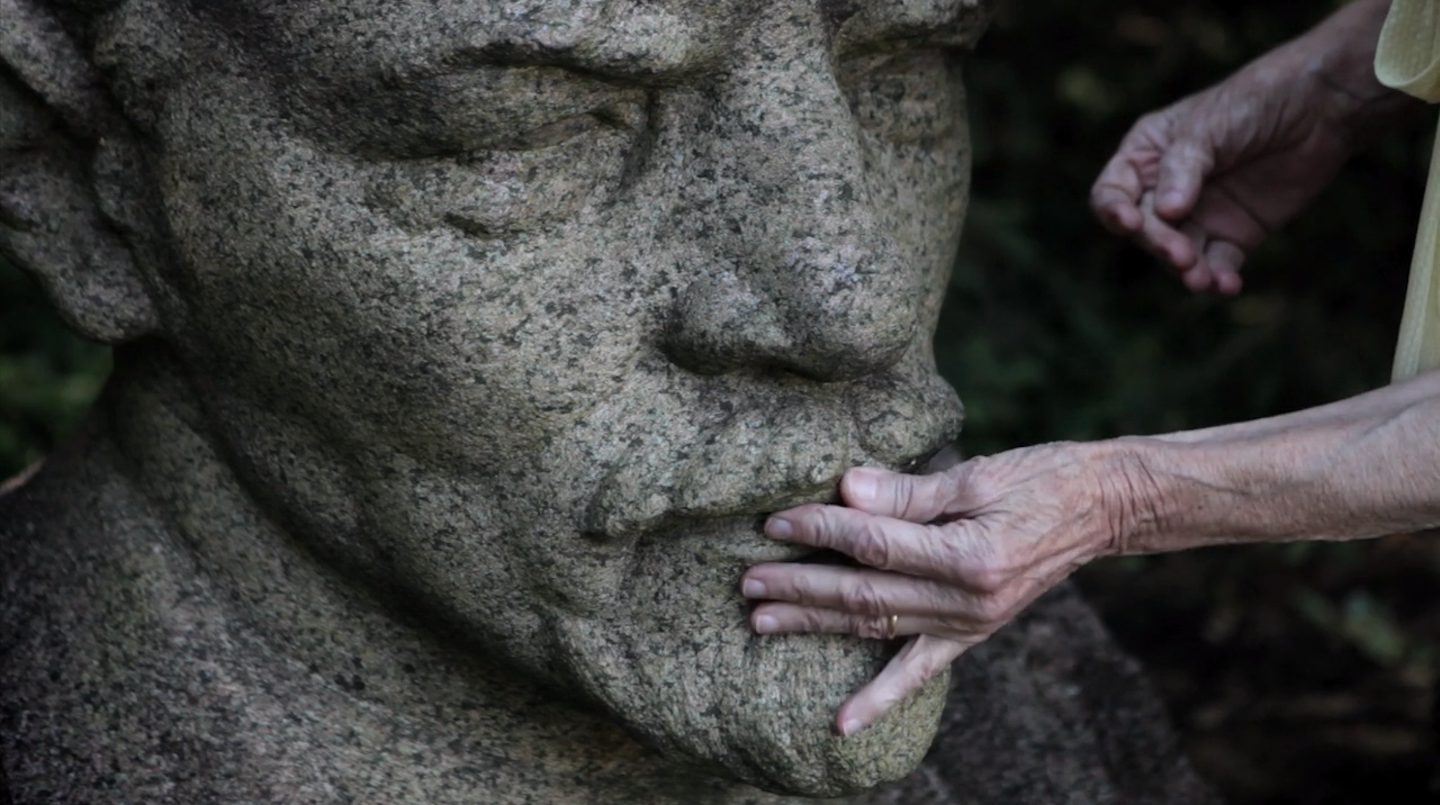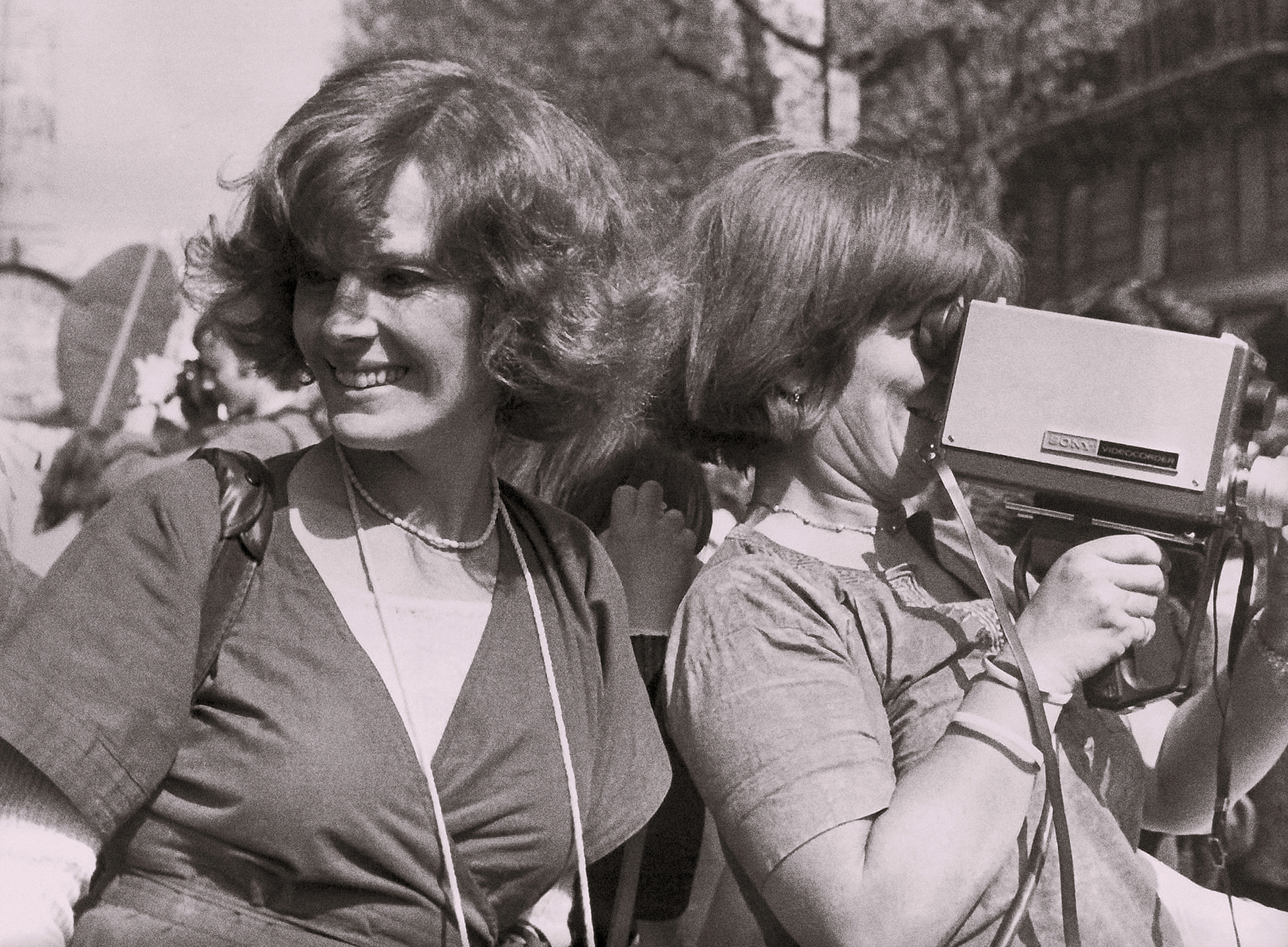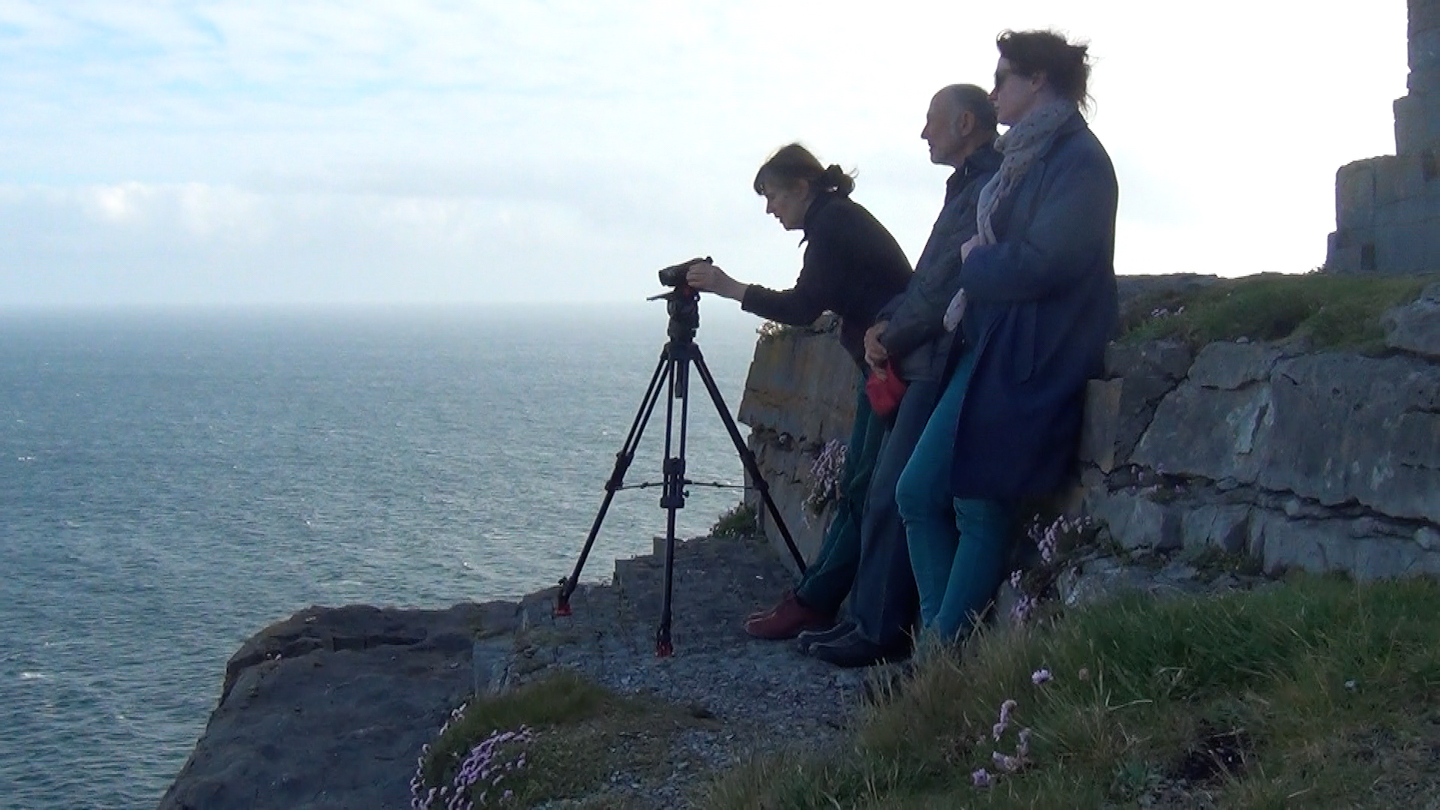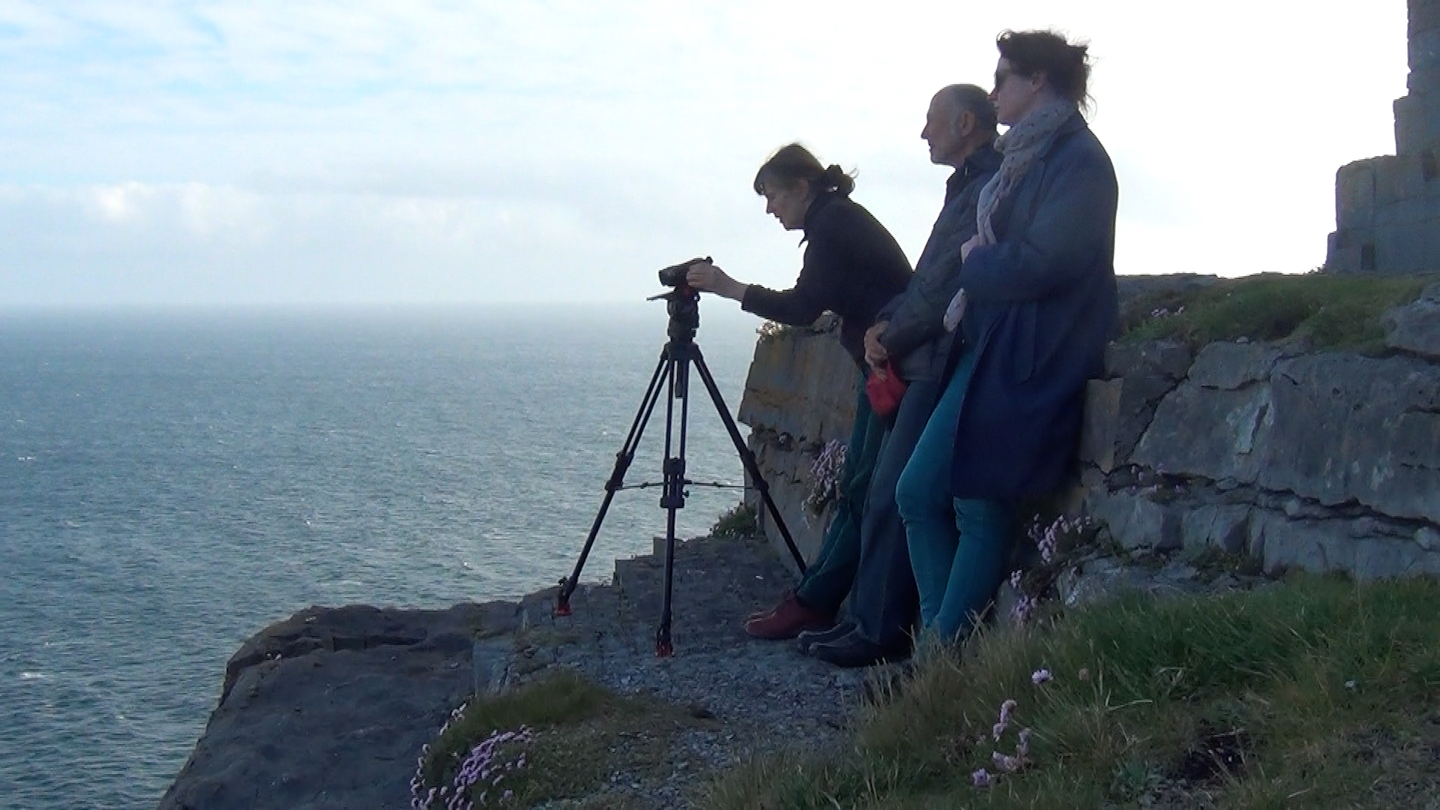Book launch, shorts, and post-screening discussion
Admission is free
May 7, 2022, 5pm
Brooklyn 11205
USA
Join us at e-flux Screening Room to celebrate the launch of DWOSKINO: The Gaze of Stephen Dwoskin, published by LUX, co-edited by Rachel Garfield and Henry K. Miller, and designed by Sara De Bondt.
DWOSKINO is the culmination of a three-year funded research project, The Legacies of Stephen Dwoskin, at the University of Reading, United Kingdom, where his archive is housed. The book is a unique visual distillation, richly illustrated, of Dwoskin’s life and times, with hundreds of never-seen-before images taken from his archive and texts by, among others, Laura Mulvey, Raymond Bellour, Raymond Durgnat, and Dwoskin himself.
The book's most important contribution is to highlight the breadth of Dwoskin's creative collaborations … unfixing the persistent stereotype of the lone underground filmmaker and filling out a life that was deeply engaged in the making of art and community.
—Sophia Satchell-Baeza, Sight and Sound
To celebrate the launch of this inspiring new book, Rachel Garfield and Jenny Chamarette (both members of the Legacies of Stephen Dwoskin’s Personal Cinema project) have curated a series of shorts from Dwoskin’s early career in 1960s New York, and late career in London of the 1990s and 2000s.
After the screening there will be a short discussion between Rachel Garfield and Jenny Chamarette (University of Reading, UK), chaired by Mara Mills (NYU), and a Q&A.
There will also be an opportunity to buy the book.
Screening list
Alone 1964, 12 minutes
A series of mostly static, often discontinuous shots of a girl alone in bed, “half-heartedly trying not to masturbate” as Raymond Durgnat put it, Alone set the pattern for half-a-dozen of Stephen Dwoskin’s shorts, and was the culmination of a series of attempts with at least two different actors. The girl in the final version was Zelda Nelson, roommate of Beverly Grant, one of the stars of the New York underground. (Henry K. Miller)
Alone is a major departure into projecting feelings and senses of loneliness, timelessness, and the sensual self. The film presents moments that are passing tones in any life, yet far from registering a passive despair, it protests against a traditional culture which is unable to confront such moments and passes them by as both trivial and obscene. (Stephen Dwoskin)
Me Myself and I 1968, 14 minutes
A couple confined in a bathroom, while away the day. “In a film like Me, Myself and I the presence of the camera is by the consciousness of avoidance. Equally, in all these films the “themes” are about relationships (with each other, with the self; with the self, the camera and the other–which becomes the viewer!) (I think it's [these] combinations that [bring] into play a “dynamic of glances” that Paul Willemen (and Laura Mulvey) theorised as a fourth look!).” (Denis Bouvier)
Asleep 1961, 3 minutes
Stephen Dwoskin’s first film, made in New York, of the feet of his then wife Suzanne Dwoskin during a whole night of sleep contracted into three minutes.
Video Letter (Dear Robert) 1998, 20 minutes
Between February and June, 1991, Robert Kramer and Stephen Dwoskin exchanged several video letters (four by Kramer, three by Dwoskin) shot in Hi8. Kramer’s first three are entitled Hi, Steve, and the fourth, Robert to Steve. Dwoskin’s three letters are entitled Dear Robert.
On the video letters, Dwoskin has said: “It was more like writing, in that you didn’t have to involve anyone else in it. Not including editing was again like doing a written letter—you don’t really edit your letters when you write to friends —so the idea was simply to just do whatever we could in the camera.”
Some Friends (Apart) 2002, 24 minutes
A short and lyrical film about looking, and how that look shapes the relationship between those people whom we call friends; some gone, some found, but all at a distance. This film, a partner to his next film Lost Dreams, is first in a series where Dwoskin reworks older footage, manipulating the shots in Final Cut Pro to transform the visual language in an exploration of the digital software as much as the “look” that preoccupied him throughout his life’s work.
Grandpere’s Pear 2003, 5 minutes
The film is a witty reworking of family found footage that Dwoskin manipulated by repeating and changing its speed. It is formed around a party trick Dwoskin’s favored grandfather performed to the children, peeling a whole pear in one curly tail of pear skin.
Stephen Dwoskin (1939–2012) began his filmmaking career in the New York underground scene of the early 1960s, then moved to London in 1964 on a graphic design Fulbright scholarship. In London he became a leading figure in avant-garde film, and was one of the founders of the London Filmmakers Co-operative (now LUX). Many of his works critiqued the “male gaze” by interrogating power relations through the camera and revealing cruelty and violence in films such as Dyn Amo (1972). Laura Mulvey wrote that he “opened a completely new perspective for me on cinematic voyeurism” and his work was a major influence on her influential work on the male gaze in cinema. From the mid-1970s, several of Dwoskin’s key feature-length films dealt directly with disability such as Behindert (1974), Outside In (1981), and Face of Our Fear (1992). He collaborated with Allan T. Sutherland in 1981 to co-curate a groundbreaking season of films at the National Film Theatre (now BFI) in London, entitled Carry On Cripple. He wrote prescient polemical texts as a disability activist and editor of the Disability Arts Magazine in the 1990s. Particularly in the period between the late 1960s and early 1980s, Dwoskin’s films were heavily supported by funders such as the TV stations ZDF in Germany and Channel 4 in the UK. He has had ongoing critical and popular support across continental Europe, winning significant prizes such as the Solvey Prize in Knokke, Belgium (1967), the Gold Ducat in the Mannheim Festival, Germany (1971), and the Bunuel prize for Cinema (1981), and was the first DAAD Artist in Residence for film (1974). In the US, he won a Fullbright (1964) as well as The Rockefeller Foundation Intercultural Film/Video Fellowship (1994). In the 1980s and ’90s, Dwoskin turned to making personal documentaries about disability and diaspora, including Ballet Black (1986) and the autobiographical Trying to Kiss the Moon (1994). Then in the 2000s, increasingly limited in his movements, but liberated from the demands of patrons, he returned to the underground, and to his erotic obsessions, making a series of digital works culminating in The Sun and the Moon (2008), described by Raymond Bellour as an “absolute masterpiece.” Over the course of his half-century-long career, Dwoskin’s path crossed with those of J. G. Ballard, the Ballets Nègres, Bill Brandt, Gavin Bryars, Cosey Fanni Tutti, Ron Geesin, Yvonne Rainer, Carolee Schneemann, and Andy Warhol.
Accessibility
–Two flights of stairs lead up to the building’s front entrance at 172 Classon Avenue.
–For elevator access, please RSVP to program [at] e-flux.com. The building has a freight elevator which leads into the e-flux office space. Entrance to the elevator is nearest to 180 Classon Ave (a garage door). We have a ramp for the steps within the space.
–e-flux has an ADA-compliant bathroom. There are no steps between the Screening Room and this bathroom.
For more information, contact program@e-flux.com.

